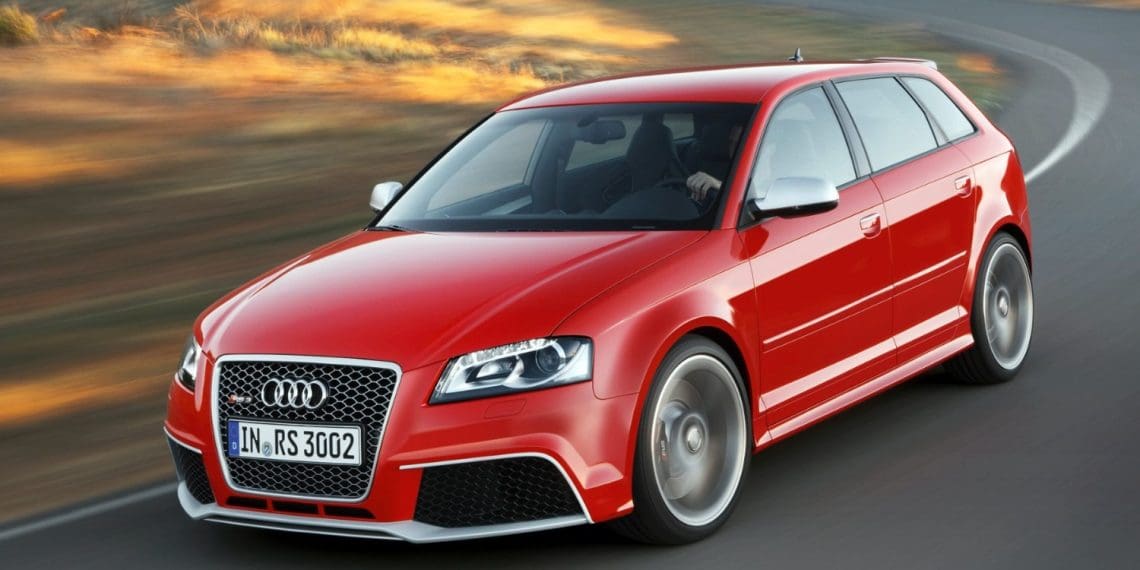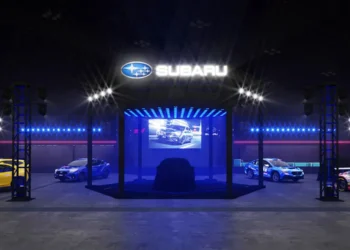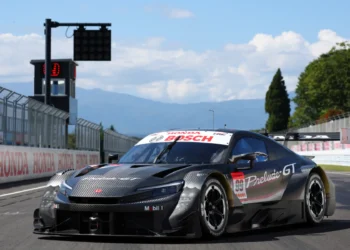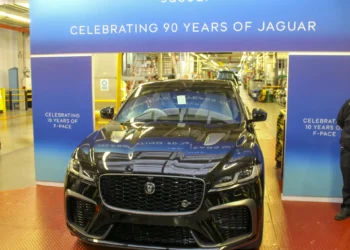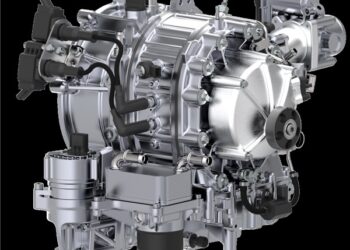Considered a rarity by some automotive enthusiasts, the inline five-cylinder engine has been used numerous times by the automotive industry and has equipped many iconic high-performance models.
It is true that the vast majority of car models have almost always presented an even number of cylinders, with four, six, eight, as well as 10 and 12 cylinders; however, currently, there are many models with an odd number of cylinders, such as the well-known three-cylinder engine.

The five-cylinder engine was experimented with in the 1930s by Ford. However, automotive history books point to Mercedes-Benz as the first brand to use a five-inline engine in a production model, in 1974, with the Diesel OM617, and from then on, few manufacturers used this type of configuration in their production models.
For history, however, the use of this type of engine is associated with some of the most iconic high-performance models:
Audi Quattro
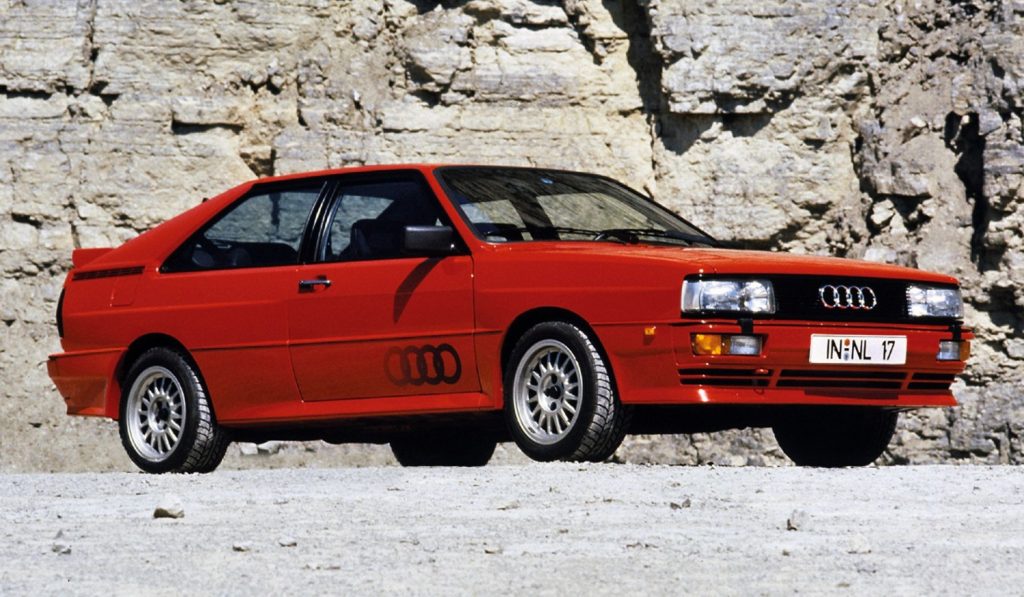
Audi presented the well-known Quattro at the 1980 Geneva Motor Show, which was aimed at the World Rally Championship (WRC).
A two-door hatchback, the Quattro debuted an innovative all-wheel-drive system of the same name. Additionally, it utilized a 2.0-liter engine based on the R5, the first gasoline-powered five-cylinder engine ever installed in a production car (the 1979 Audi 100).
The Quattro was equipped with an updated 2.1-liter version that included a turbo, allowing it to produce 197 hp.
Produced until 1991, the Audi Quattro received many updates, including more powerful versions of the inline five.
At its peak, the European-spec Quattro built from 1989 to 1991 featured a 2.2-liter DOHC engine with 20 valves that could generate 217 hp. In terms of performance, the 20V Quattro could accelerate from 0 to 100 km/h in 6.3 seconds and had a top speed of 230 km/h.
Ford Focus (Mk 2) RS and RS500
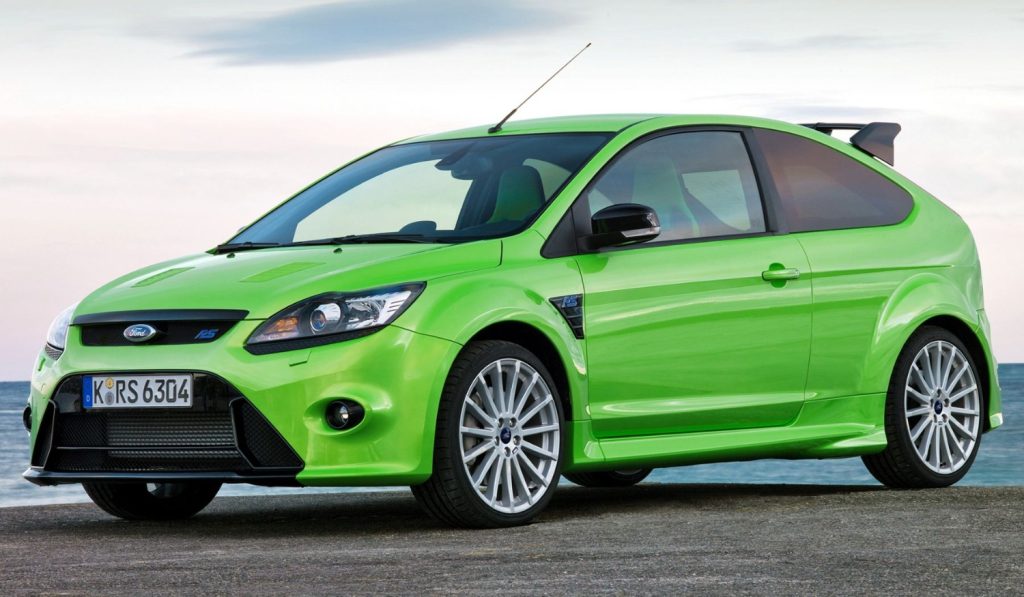
The iconic Ford RS was another model that utilized a five-cylinder engine during 2010 and 2011.
The high-performance version of the Focus, the second-generation RS, came with a series of visual and mechanical updates that took its performance to a completely different level compared to the standard model.
Based on the two-door hatchback version of the Focus, the RS was equipped with a turbocharged inline five engine producing 301 hp. However, although it was marketed as a Ford engine, the 2.5-liter B5254T3 was designed by Volvo, while Ford engineers merely enhanced it for use in the RS version.

In addition to the RS variant, there was also the RS500, a limited edition that produced 345 hp, which also featured a five-cylinder engine. Benefiting from the powerful engine, the RS500 was capable of accelerating from 0 to 100 km/h in 5.6 seconds and could reach a top speed of 263 km/h.
Volvo 850 T-5R
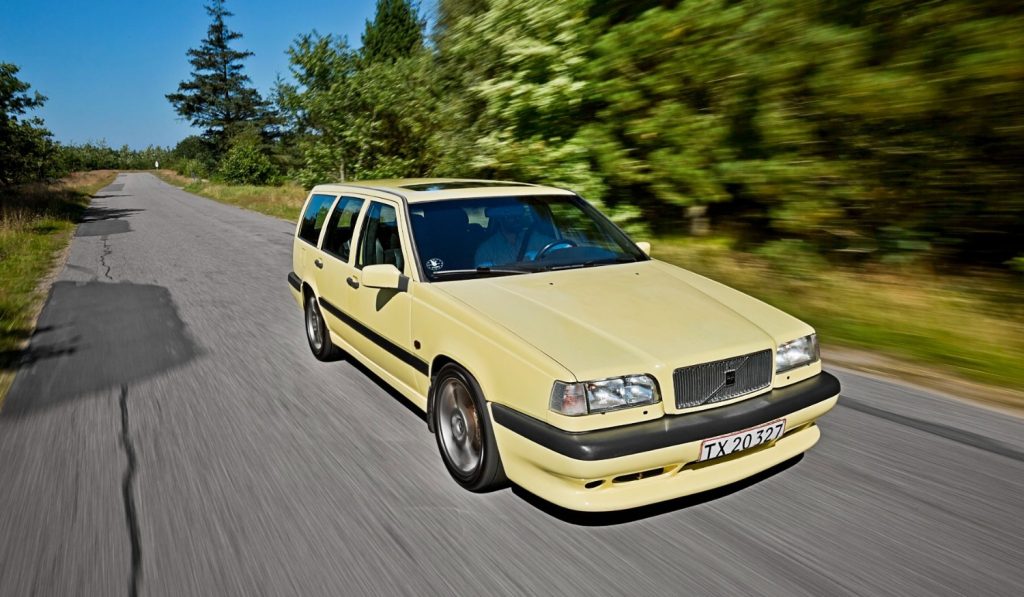
Besides Audi, Volvo was also one of the brands that believed in the inline five-cylinder engine.
The Swedish brand even developed its own high-performance 2.3-liter engine with 243 hp, which was used in the limited edition 850 T-5R in the 1990s. Based on the Volvo 850, the T-5R was a very powerful model that could accelerate from 0 to 100 km/h in 5.8 seconds.

The model was followed in 1996 by the updated 850R, which continued the unexpected success of the T-5R. Mechanically, the main differences between the two models were an upgraded turbo and a five-speed manual transmission, contributing to an increase in power from 243 to 247 hp.
Audi RS3
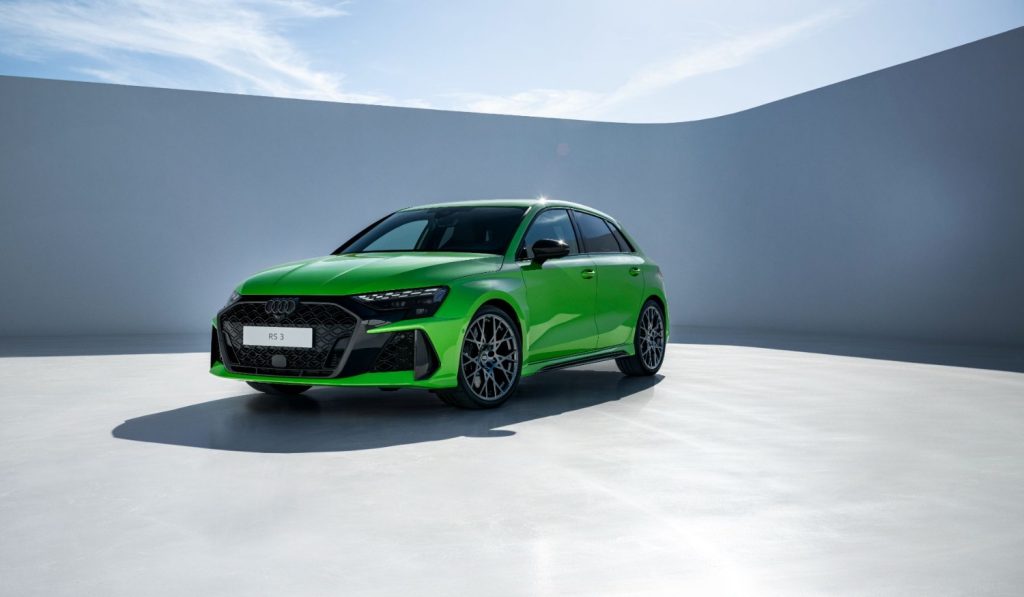
Audi has never abandoned the five-cylinder engine, using it in the high-performance versions of the last three generations of the A3.
Between 2011 and 2012, the first RS3, the rarest of the three, featured a 2.5-liter inline five-cylinder turbo engine with 335 hp and, as expected, was equipped with the latest quattro AWD system of the time.
The second-generation RS3 arrived in 2015 and, like its predecessor, was available as a hatchback and a four-door sedan. This second generation also utilized a 2.5-liter inline five-cylinder turbo engine, but with an enhanced power output of 362 hp.
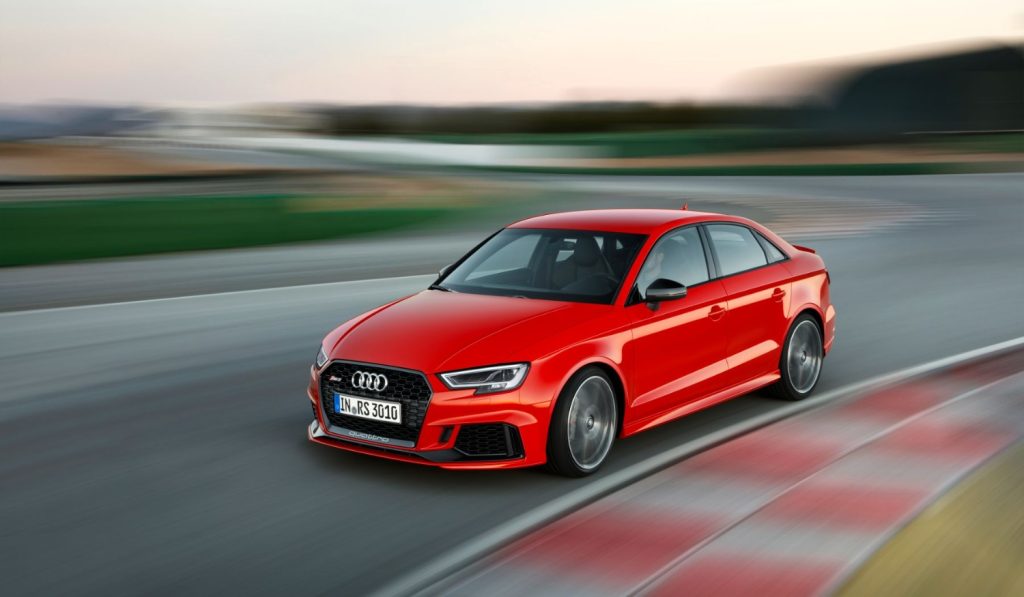
The third and current RS3 arrived in 2020, with the same two body styles as its predecessor. Once again, Audi updated the 2.5-liter inline five-cylinder engine, managing to extract 401 hp, which allowed the RS3 to reach a claimed top speed of 300 km/h.
Audi RS2 Avant

But Audi did not limit the use of the high-performance five-cylinder engine to the RS3. Therefore, it was not surprising when in 1994 the German brand presented the RS2 Avant, a model based on the Audi 80 Avant, which was positioned as a sports performance wagon.
However, the RS2 was a truly special model as it resulted from a collaboration between Audi and Porsche.
With Quattro as inspiration, the RS2 featured a permanent 4WD system, a performance-oriented suspension setup, and a series of other small modifications that distinguished it from the standard Audi 80.
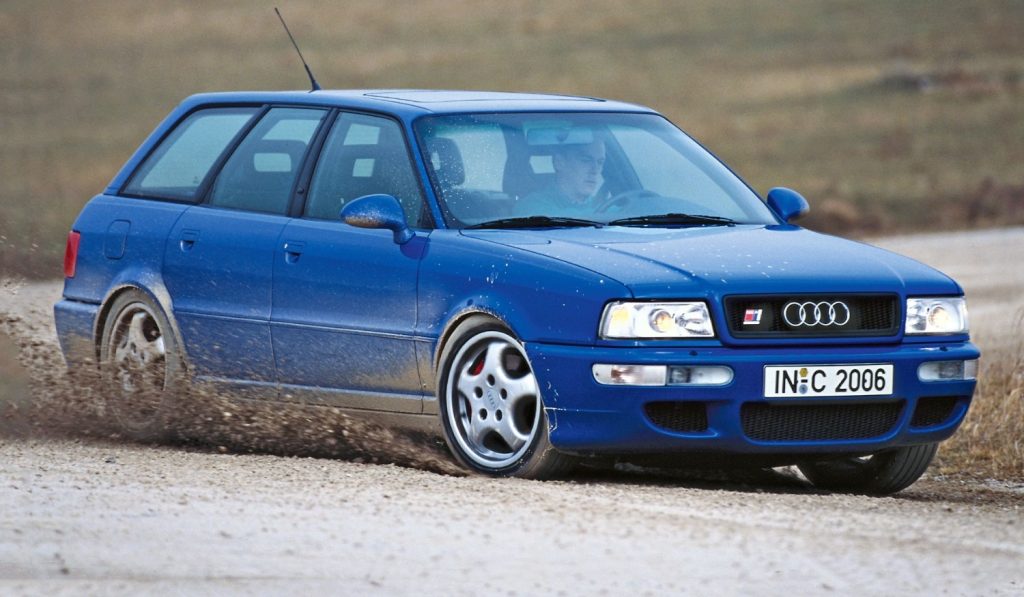
Another thing that both models had in common was Audi’s successful inline five engine, which received some adjustments made by Porsche. Thus, the turbo DOHC 2.5-liter 20-valve engine produced an impressive 311 hp and, unlike the Quattro, made use of a six-speed manual transmission. All of this resulted in a sports wagon capable of accelerating from 0 to 100 km/h in 4.8 seconds.

